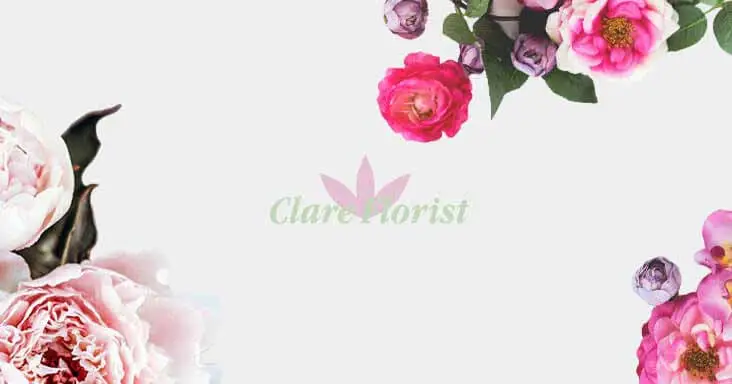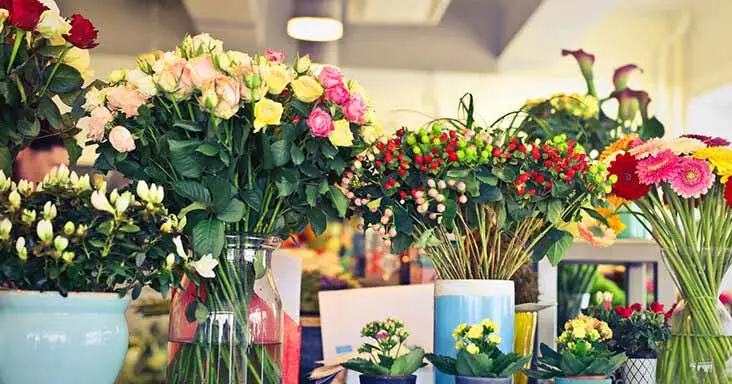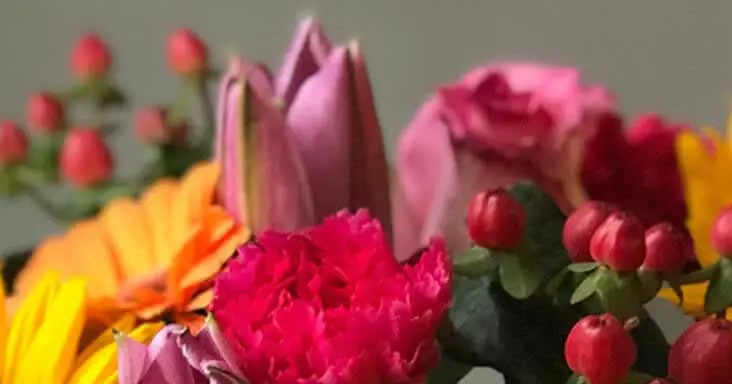Today we are revisiting the theme of flowers in art by taking a look at a striking 17th Century painting by the acclaimed Dutch artist Judith Leyster. In 1633 Judith was one of only two females to be accepted as a master in the prestigious Haarlem Guild of St Luke.
Towards the end of the 1630s, an interesting occurence took place in the Netherlands. Tulpenwoede, which translates as tulip madness, saw the cost of tulip bulbs abruptly shooting up. At one point some tulip contracts were reaching a price which was around 20 times the amount of only a few months prior. In one famous incident an obscure tulip known as Semper Augustus went up from 1000 guilders per bulb to 5500 guilders, an astonishing hike. To put this into perspective, one of these bulbs amounted to the same cost as a large property in Amsterdam.
The insanely inflated value of the tulip bulb did have an upside for artists painting flowers during this era; if people could not afford the flowers themselves then they could always satisfy themselves with beautifully rendered artistic represenations of the much sought-after flower. Judith Leyster was one of the artists who benefited from the Tulip Madness boom. She created her own book of tulips in 1643 to satisfy the demand for this new, abruptly popular form of art.
Her floral inspired artistic creation did not cease there; a recently surfaced artwork from 1654 depicts an austerely beautiful arrangement of flowers in an elegant Chinese ceramic vase. Featuring a blend of tulips, iris, lilies and carnations, this painting is notable for its dark background which contrasts nicely with the lighter hues of the vase and the flowers themselves. Possessive of a cool, distant, understated beauty, this compelling painting manages to evoke both the beauty and sadness of flowers... perhaps evoking the cycle of life itself.



